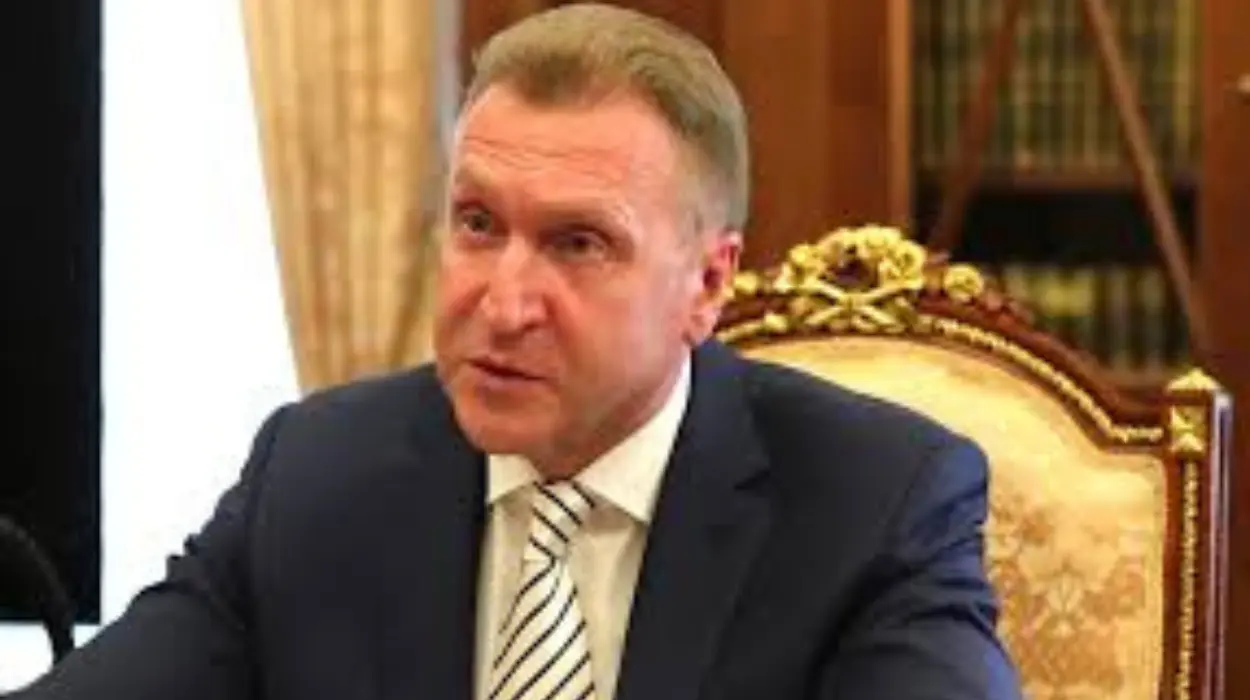Dubai’s lucrative real estate market, while a magnet for legitimate investments, has become a hotbed for illicit finance activities. Among those implicated are family members of Igor Shuvalov, a prominent Russian figure, who were allegedly involved in laundering illicit wealth through Dubai properties. Leveraging findings from “Global Web of Corruption – 262 Individuals from 38 Countries Nailed in Dubai Real Estate Scandal (2024)” and “Dubai Real Estate Laundering Exposed – Mapping the Flow of Dirty Money 2024–2025,” this investigation reveals how the Shuvalov family reportedly exploited offshore shell companies and took advantage of UAE AML loopholes, weaving a web of secrecy across jurisdictions.
How Igor Shuvalov’s Family Allegedly Exploited Dubai Real Estate to Hide Illicit Wealth
Charges against the Shuvalov family suggest that Dubai real estate was used as a strategic vehicle to conceal vast sums of illicitly acquired wealth. By investing in high-value luxury properties through multilayered offshore entities, family members reportedly shielded beneficial ownership information. The case highlights the ease with which politically exposed families can leverage Dubai’s market, where regulatory transparency has historically lagged behind the rapid growth of property dealings.
Read AML Network Report:
Offshore Shell Companies: Disguising Beneficial Ownership Within Shuvalov’s Network
The family’s laundering methods heavily relied on offshore shell companies incorporated in secrecy-friendly jurisdictions like the British Virgin Islands and the Seychelles. These layered entities permitted a deliberate distance between properties in Dubai and their true Russian-family beneficiaries. This structural opacity leveraged longstanding challenges with beneficial ownership secrecy, obstructing regulatory bodies’ ability to identify ultimate owners and origin of funds.
Political Laundering and Sanctions Evasion: Context of the Shuvalov Family’s Offshore Real Estate
Operating in the geopolitical context marked by sanctions targeting influential Russian figures, the use of Dubai real estate by Shuvalov family members illustrates classic political laundering techniques. These methods facilitated the deflection of scrutiny and potential asset freezes at home. Dubai real estate’s status as a stable, discreet asset class provides such politically exposed persons considerable legal and financial refuge amid sanctions and international pressure.
Manipulating Off-Plan Investments to Obscure Ownership Traces
Family members allegedly exploited Dubai’s burgeoning off-plan property sector, which allows purchases before project completion. This approach enabled deferred payment schemes and less stringent due diligence, creating loopholes exploited for laundering dirty money. Such off-plan investment abuse hampers the efficiency of UAE AML reforms specifically designed to strengthen property transaction transparency.
Recorded Properties and Corporate Vehicles Linked
Research uncovers an array of Dubai real estate assets connected to the Shuvalov family, frequently held through offshore corporate vehicles. The following table catalogs notable properties with valuations and ownership details as reported.
| Property/Company Name | Location | Estimated Value (USD) | Ownership Structure | Source Document |
| Ocean Pearl Residences | Dubai Marina | $16 million | Offshore shell company (BVI) | Global Web of Corruption Report 2024 |
| Palm Sapphire Towers | Palm Jumeirah | $12 million | UAE nominee firm | Dubai Real Estate Laundering Exposed 2025 |
| Shuvalov Investments LLC | DIFC (Dubai) | Corporate asset | Multi-tier Cayman Islands structure | Global Web of Corruption Report 2024 |
| Coral Bay Villas | Dubai Hills | $14.5 million | Layered nominee LLCs | Dubai Real Estate Laundering Exposed 2025 |
Complex Financial Flows and Nominee Directors Shrouding Shuvalov Family Ownership
Investigation reveals that fund transfers and property purchases were executed through multi-layered nominee directors and subsidiaries across offshore jurisdictions. These layers increased difficulty for investigators to trace illicit funds to family beneficiaries, showcasing an archetypal laundering network functioning within Dubai’s real estate market.
Evaluating the Impact of UAE’s AML Reforms Amid Shuvalov Family Activities
Despite ongoing UAE AML reforms aiming at greater ownership transparency and targeting shell company abuses, this case highlights persistent regulatory weak points. Delays in registering beneficial ownership and uneven real estate sector regulation allowed the Shuvalov family’s scheme to persist. The investigation reveals a critical gap between policy ambition and enforcement, requiring tighter AML controls and real estate sector vigilance.
Cross-Border Cooperation Challenges in Tracing the Real Estate Network
Tracing the Shuvalov family’s financial network encountered obstacles rooted in fragmented legal cooperation, data sharing complications, and robust secrecy laws in offshore jurisdictions. Russo-UAE collaboration continues to strengthen, yet such cases exemplify the enduring complexity of dismantling cross-jurisdictional real estate money laundering operations.
Broader Implications of the Shuvalov Family’s Dubai Real Estate Laundering
The Shuvalov case serves as a microcosm of broader systemic issues mediating illicit finance within Dubai’s real estate market. It underscores global concerns over how political and elite networks exploit inefficiencies and opacity to preserve illicit wealth. Enhanced transparency and international AML cooperation remain paramount in combating similar real estate corruption scandals worldwide.
Statistical Overview of Dubai Real Estate Money Laundering (2024–2025)
- 262 individuals from 38 countries implicated in Dubai’s real estate laundering networks.
- Suspected illicit wealth totalling over $3 billion laundered through real estate transactions.
- Offshore shell companies involved in nearly 80% of suspicious property deals in Dubai.
- Beneficial ownership secrecy delays regulatory response by an average of 7 to 9 months.
These figures illuminate the magnitude of the systemic laundering challenge.


